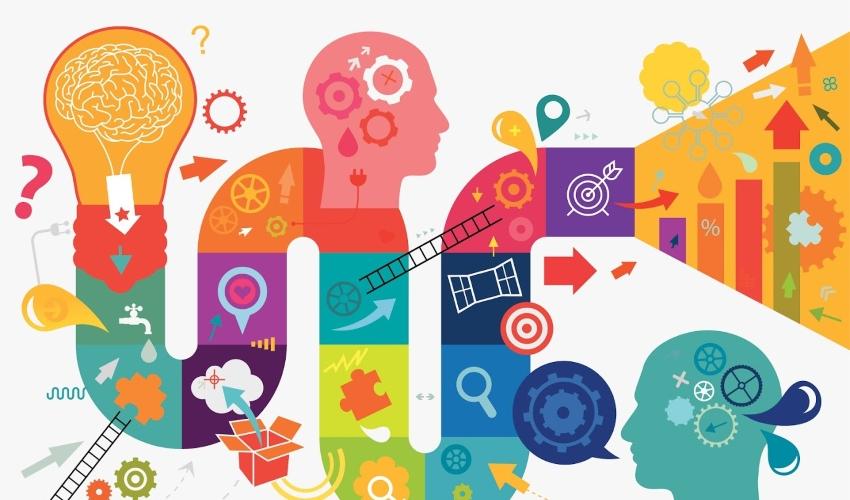
A (Statistical) Model for Life
THE ANALYSIS OF A PERSON'S TRANSITIONS BETWEEN STATES OF MIND CAN HELP UNDERSTAND OUR EXISTENTIAL TRAJECTORY. RAFFAELLA PICCARRETA AND MARCO BONETTI ARE STUDYING ITThe social sciences often deal with life trajectories that describe events experienced over a period of time. Think about occupation changes or family formation. In both cases, individuals experience different states over time. Sometimes they go back to past states, sometimes not. Sometimes a subsequent transition to another state occurs, sometimes not. These sequences, their chronological order and the length of the permanence in a state describe trajectories.
Predicting them is a difficult task. The most popular models among scholars focus on the transition from one state to another and on the relationships with a set of covariates observed at the beginning of the process. The goal of the statistical analysis of these transitions is to study, at least in part, life trajectories. Until now, these models have been applied without paying much attention to their functioning in relation to the goal of studying the evolution of the trajectory as a whole rather that the timing or the duration of specific events. In their working paper Comparing Models for Sequence Data: Prediction and Dissimilarities, Raffaella Piccarreta (Department of Decision Sciences), Marco Bonetti (Department of Policy Analysis and Public Management), and Stefano Lombardi compare models according to their predictive capabilities.
The authors used data on the family trajectories of Dutch women born in 1958-1962 verifying monthly if they are married, cohabiting, singles, with or without children. “In order to compare their predicting power, we used model-generated trajectories and assessed the similarity between them and the observed trajectories”, Piccarreta says. The validation process also took into account the relationship between trajectories and a set of covariates. “This is an important problem in many contexts. The study of family trajectories, for instance, must take into account the relationship with a set of characteristics observed at the beginning of the period such as birth cohort, level of education, religious status, and having versus not having divorced or separated parents during their adolescence”.
Read more about this topic:
Riccardo Zecchina. Teaching Machines How to Learn to Improve Business and Life
Carlo Baldassi. Learning Is a Quantum Question
Daniele Durante. How to Study Dynamic Networks
Dirk Hovy. The algorithm that Prevents Suicide
Antonio Lijoi, Igor Pruenster. Algorithms for Analysis of Complicated Phenomena
Alessia Melegaro. The Network Modeling Chip that Fights Influenza
by Claudio Todesco
